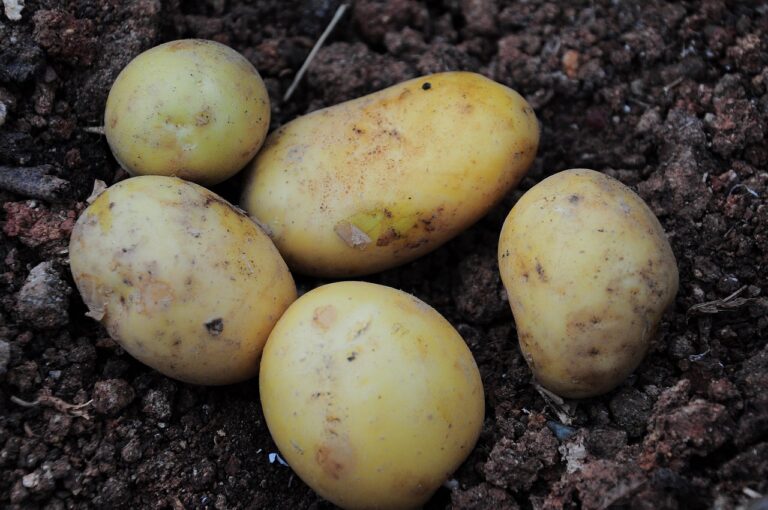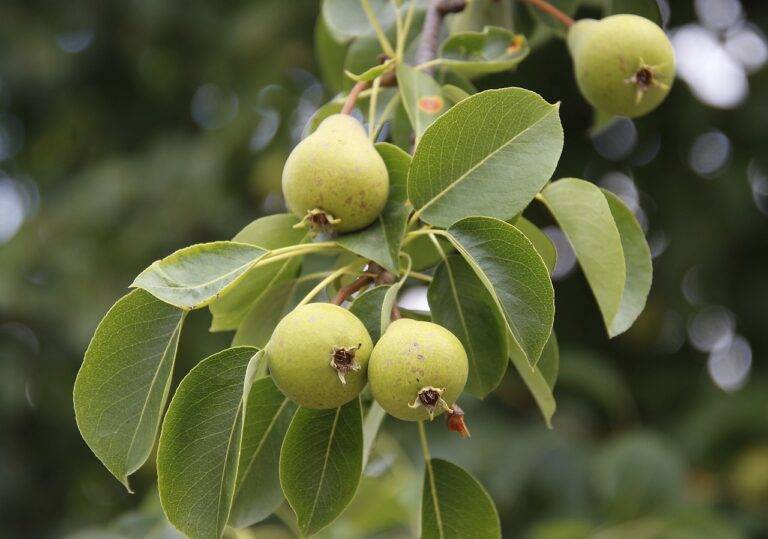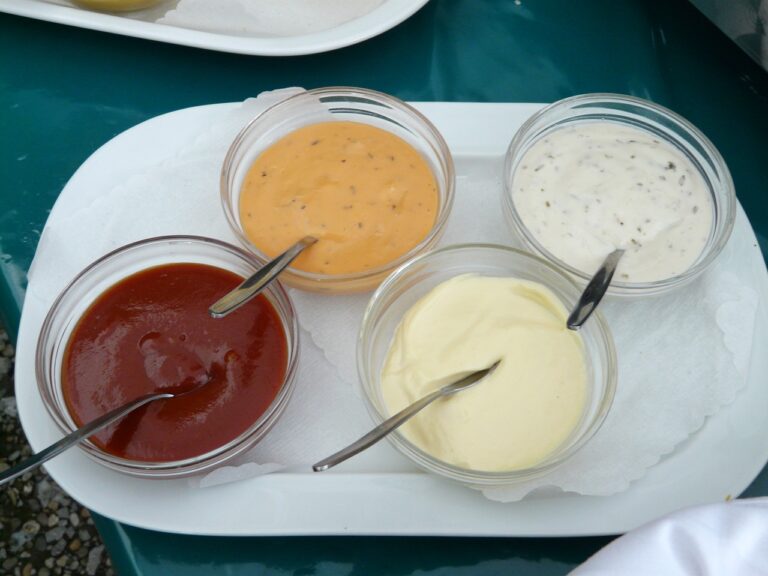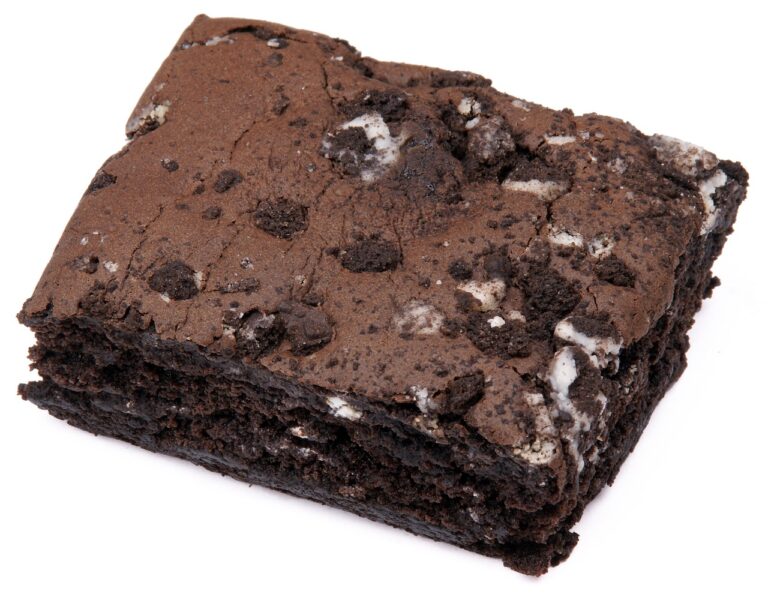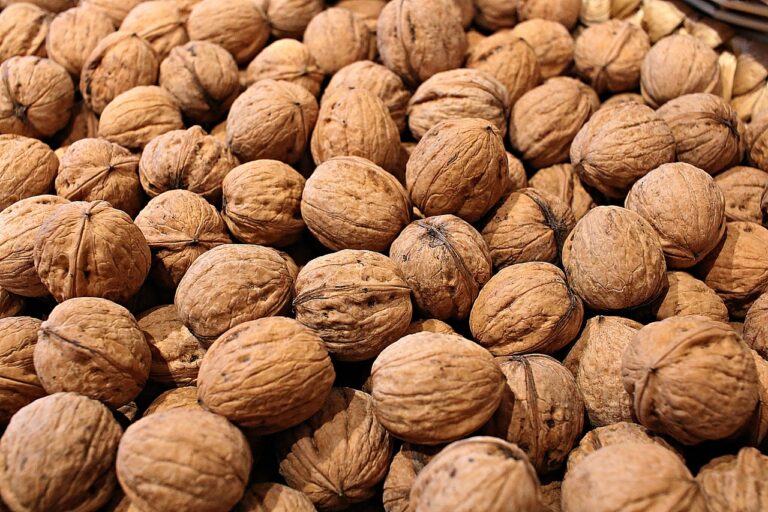The Art of Food Preservation: Exploring Traditional Techniques for Long-Term Storage
Food preservation techniques have been essential throughout history for maintaining the quality and safety of food. The ancient civilizations relied on methods such as drying, smoking, and salting to preserve food for extended periods. In regions with colder climates, freezing was also utilized to prolong the shelf life of perishable items.
As societies advanced, new techniques emerged, such as canning and fermentation. Canning, introduced in the early 19th century, played a significant role in preserving food, particularly during long sea voyages and military campaigns. Fermentation, on the other hand, allowed the transformation of raw ingredients into products like sauerkraut and kimchi, which not only prolonged shelf life but also enhanced flavor profiles.
History of Food Preservation Methods
The history of food preservation methods dates back to ancient times when our ancestors used various techniques to ensure food longevity. One of the earliest methods of preservation was drying food under the sun or wind to remove moisture, inhibiting the growth of microorganisms that cause spoilage. This method was widely practiced by early civilizations as a way to store surplus food for times of scarcity.
Another common method of food preservation used in history was fermentation. This process involves the conversion of carbohydrates to organic acids or alcohol by microorganisms, making the environment unsuitable for spoilage organisms. Fermentation not only extends the shelf life of food but also enhances flavor, texture, and nutritional value. Throughout history, different cultures have utilized fermentation to preserve a variety of foods such as vegetables, fruits, dairy products, and meats.


